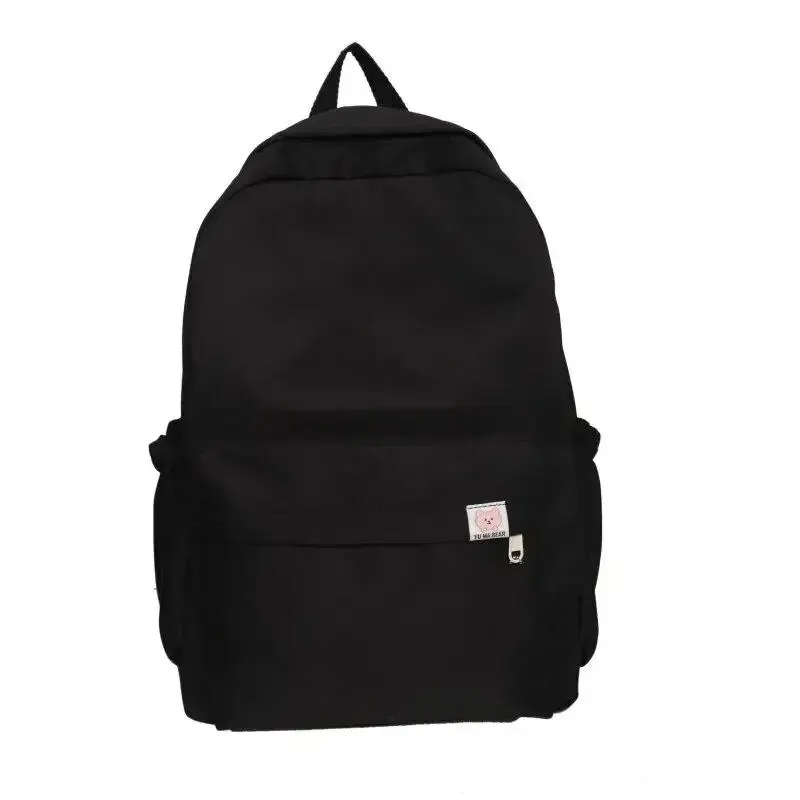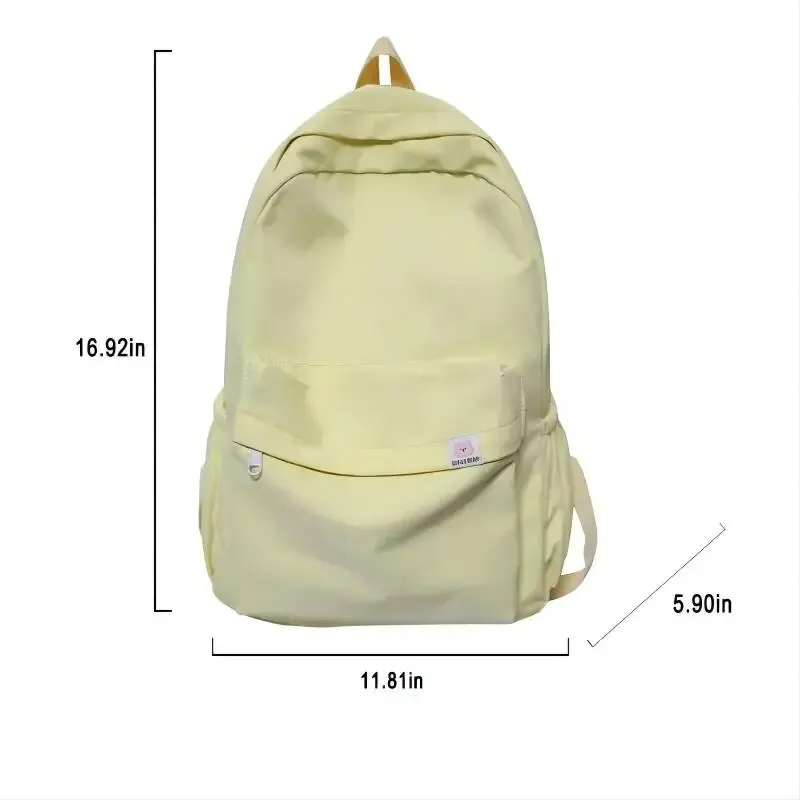Introduction:
The Importance of backpack zipper repair
Backpacks are essential for many of us, whether we use them for school, work, travel, or outdoor adventures. One of the key components of a functional backpack is its zipper. A broken or malfunctioning zipper can be frustrating and can render your favorite bag useless. In this article, we will explore the importance of backpack zipper repair and provide some tips on how to fix common zipper issues.
Understanding Zipper Anatomy: How Does It Work?
Before attempting any backpack zipper repair, it’s important to understand how zippers work. A zipper consists of two main components: the zipper teeth and the slider. The slider moves up and down, engaging and disengaging the teeth, allowing the zipper to open and close. When the teeth are misaligned or damaged, the zipper may get stuck or become difficult to use.
Fixing Stuck Zippers: Simple Solutions
One of the most common backpack zipper repair is when it gets stuck or refuses to move smoothly. To fix a stuck zipper, start by applying a lubricant such as soap, Vaseline, or even a graphite pencil to the zipper teeth. Gently wiggle the slider back and forth to loosen any debris or dirt that may be causing the obstruction. Avoid using excessive force, as it can damage the zipper further.

Repairing Broken Teeth: Quick Fixes
Sometimes, backpack zipper repair teeth can break or become misaligned, preventing the zipper from closing properly. To repair broken teeth, you can try realigning them using a pair of pliers. Carefully grasp the teeth and gently bend them back into place. If the teeth are severely damaged, you may need to replace the entire zipper. However, for minor issues, this method can offer a quick fix.
Replacing the Slider: Renewing Functionality
If the slider is broken or missing, you can replace it to restore functionality to your backpack zipper. Start by removing the old slider by using pliers to pry it open and slide it off the backpack zipper repair tape. Then, select a new slider that matches the size and type of your zipper. Attach the new slider to the zipper tape by sliding it onto one end and carefully aligning it with the teeth. Gently slide the new slider up and down to ensure smooth movement.
Reinforcing Weak Points: Preventive Measures
To avoid future zipper issues, it’s important to reinforce weak points on your backpack. You can do this by stitching a fabric patch over the area. This will distribute the weight and stress evenly, reducing the strain on the zipper and preventing it from breaking or separating. Additionally, regularly cleaning your backpack and keeping it free from dirt and debris can help maintain the integrity of the zipper.
Seeking Professional Help: When to Consult an Expert
If you’re unsure about how to repair your backpack zipper or if the damage is extensive, it’s best to consult a professional tailor or bag repair service. They have the expertise and tools to handle more complex zipper repairs and ensure that your backpack is restored to its original functionality.

Repairing Zipper Pulls: Reattaching Broken Pulls
A broken or missing zipper pull can make it difficult to open or close your backpack zipper. To repair a broken zipper pull, you can use pliers to bend a paper clip into a hook shape and attach it to the small hole on the slider. Alternatively, you can purchase a replacement zipper pull at a hardware store or online retailer and attach it to the slider using a small screwdriver or pliers.
Reinforcing Stitching: Strengthening Weak Seams
In addition to reinforcing weak points on the zipper, it’s also important to reinforce stitching on the backpack itself. Use a needle and thread to sew over the weakened areas, creating a stronger bond and preventing future damage. This will help prolong the lifespan of your backpack and ensure that the zipper remains functional.
Choosing a Professional Repair Service: What to Look For
If you’re unable to repair your backpack zipper at home, or if the damage is extensive, it may be time to consult a professional repair service. When choosing a repair service, look for one that specializes in bag and zipper repair. Check their reviews and reputation to ensure that they have the expertise and experience needed to handle your backpack. Don’t forget to ask about their pricing and turnaround time as well.

DIY vs. Professional Repair: Which is Right for You?
Deciding between DIY and professional repair ultimately depends on the extent of the damage and your level of comfort with repairing zippers. If the issue is minor and you feel confident in your abilities, DIY may be the way to go. However, if the damage is extensive or you’re unsure about how to proceed, consulting a professional can save you time, money, and frustration. Consider the pros and cons of each option before making a decision.
Preventing Zipper Corrosion: Protecting Against Moisture
Exposure to moisture can cause metal zippers to corrode or rust, resulting in a stiff or stuck zipper. To prevent zipper corrosion, apply a protective coating such as WD-40 or silicone spray to the zipper teeth and slider. This will create a barrier against moisture and keep the zipper moving smoothly. Avoid using oil-based lubricants, as they can attract dirt and debris, which can further damage the zipper.

Conclusion:
Extend the Lifespan of Your Backpack
A broken zipper doesn’t have to spell the end for your favorite backpack. With some basic knowledge and a few simple tools, you can easily repair common zipper issues and extend the lifespan of your bag. From fixing stuck zippers to replacing sliders and reinforcing weak points, taking care of your backpack zipper is essential for its long-term functionality. By investing a little time and effort into zipper repair, you can continue to enjoy your trusted backpack for many more adventures to come. Be sure to avoid burning the tape or applying too much heat, as it can cause further damage. Once the threads are secured, the zipper should function properly.
